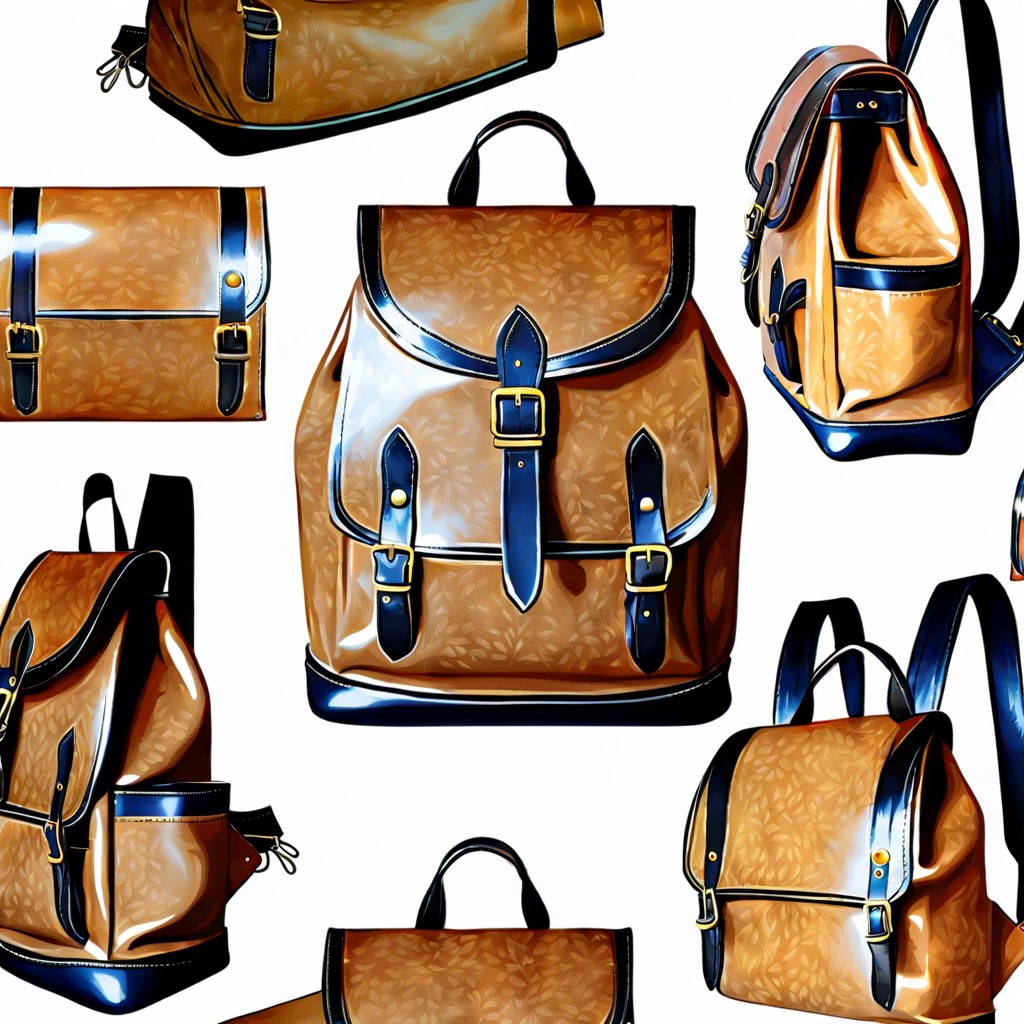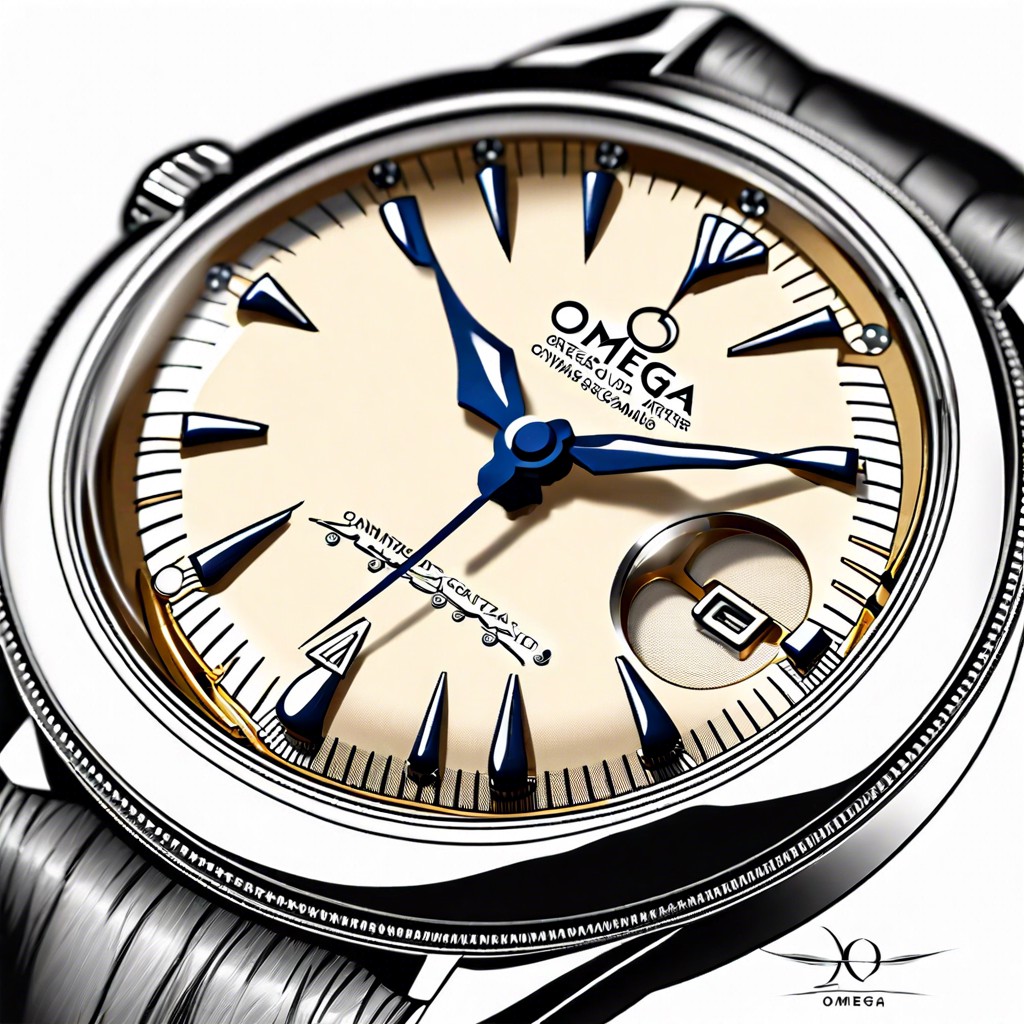Last updated on
Discover the fascinating world of furniture appraisal because understanding its nuances not only reveals the hidden value of your antiques but also enriches your appreciation for craftsmanship and history.
Key takeaways:
- Condition affects value
- Authenticity increases worth
- Provenance adds premium
- Market trends impact demand
- Consider current tastes in antique furniture market
You Didn’t Provide the Outline for Me to Edit. Could You Please Provide It?

When engaging in furniture appraisal, it’s important to assess several key factors that contribute to an item’s value. Condition plays a pivotal role; signs of wear, damage, or restoration can greatly affect the piece’s worth. Authenticity is another critical aspect, as genuine antique pieces hold more value than reproductions. Provenance, or the item’s history and previous ownership, can also influence its monetary value, often adding a premium if the furniture has a noteworthy heritage.
Lastly, market trends should be considered, acknowledging that certain styles or periods may be more sought after depending on current tastes and demands in the antique furniture market.




